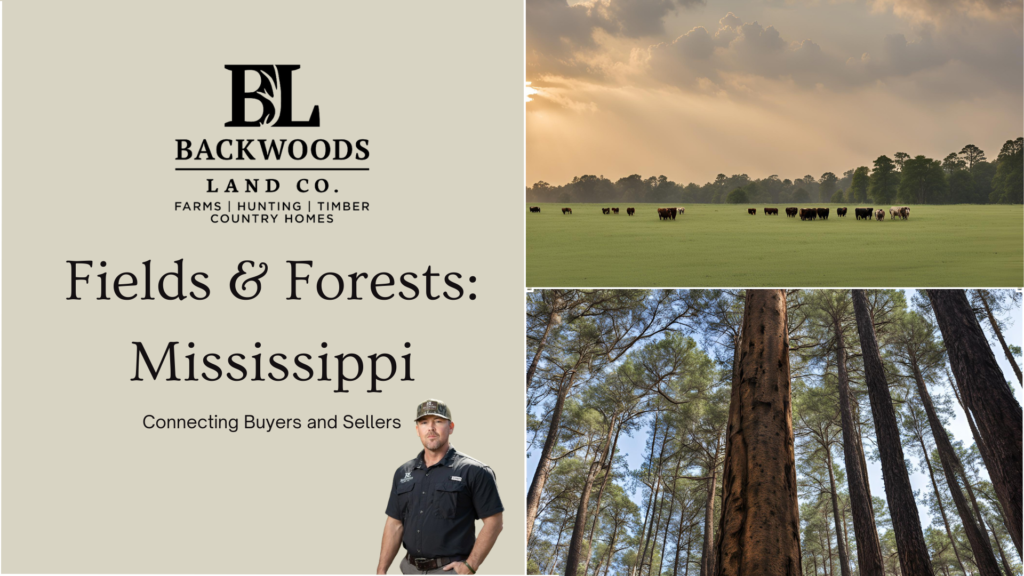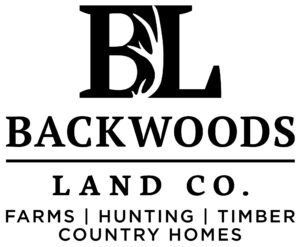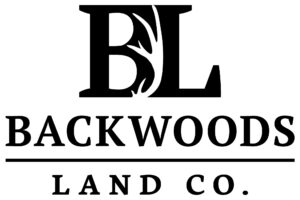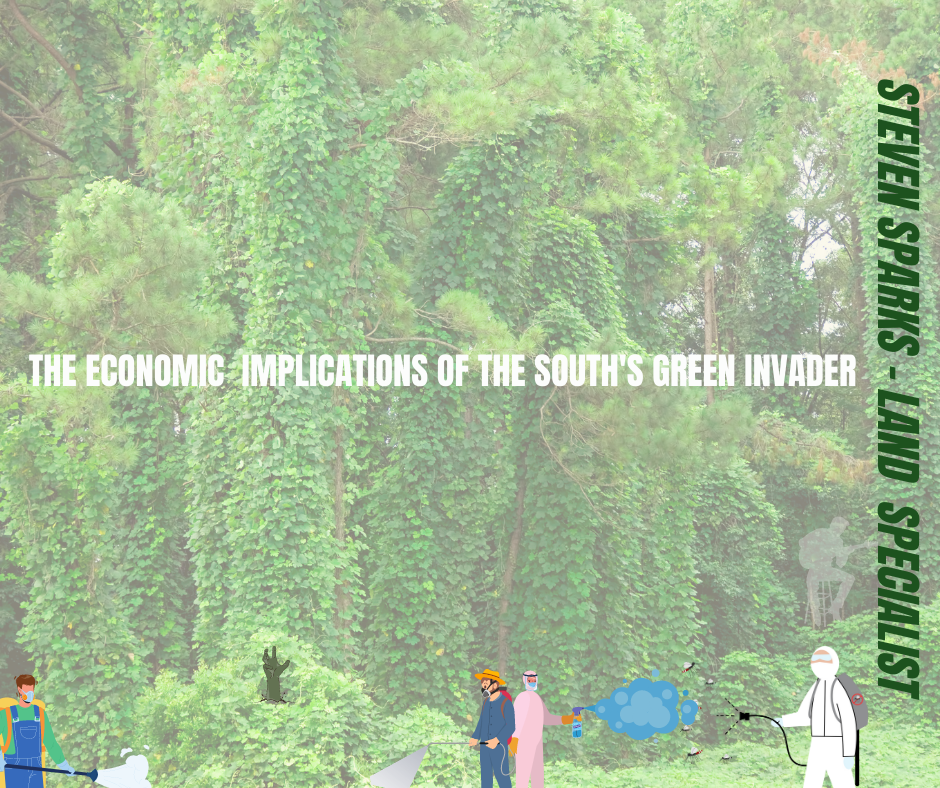North MS Quarterly Land Analysis

Land Market Analysis in North Mississippi within the Past 12 Months Influence of Areas on Property Types
B3 and B2: These areas have a significant proportion of Ag-Mixed Timber properties (40% of total properties) and a lower but notable presence of Merchantable Pines.
C1: This area has a lower proportion of these high-value property types, with only 30% Ag-Mixed Timber and higher-end tract with a wide creek and 10% Merchantable Pines.
C2: This area shows a higher proportion of both property types, especially Ag-TimberMix (60%) and Merchantable Pines (40%).

- Mixed Timber: 21.4%
- Ag-Mixed Timber: 17.9%
- Merchantable Pines: 10.7%
- Ag-Watershed: 3.6%
- Ag-Natural Pines: 3.6%
- PlantedPines-Hardwoods: 3.6%
- Mixed Timber-Thinned: 3.6%
- Ag-RowCrop-TimberMix: 3.6%
- PlantedPines-Cutover: 3.6%
- Mixed Timber Cutover: 3.6%
- Natural Pines: 3.6%
- Ag: 3.6%
This chart depicts a broader variety of land types and their respective proportions. The largest segments are “Mixed Timber” (21.4%) and “Ag-Mixed Timber” (17.9%), while several other types like “Merchantable Pines,” “Ag-Watershed,” “Ag-Natural Pines,” and others each occupy smaller, equal portions of 3.6% or 10.7%.
Impact on Average Prices:
The presence of high-value property types like Ag-TimberMix and Merchantable Pines positively influences the average price per acre in these areas.
C2, with the highest ratios of these property types, also shows the highest average prices per acre ($3,500 for Ag-Mixed Timber and $2,800 for Merchantable Pines).
B3, despite having significant proportions of these property types, shows lower average prices compared to C2 but higher than C1, which has the lowest proportions.
Influence of Areas on Property Types:
A2, A3, B1: These areas have significant proportions of Ag-TimberMix and Merchantable Pines, which influences their higher land values.
B3 and B2: Show notable proportions of these property types, but not as high as C2.
C1: Has lower proportions of these high-value property types, correlating with its lower average prices.
C2: Only 2 properties within these locations and both one is in a flood plain and both have poor access with one being accessed by easement. This was the lowest land class price per acre of $1,600. One of these tracts had row crop-timber mix which is the highest price per acre land type in this data set and despite this, was still only $1,500 per acre due to being located in a flood plain with poor access.
Impact on Average Prices
Areas with higher proportions of Merchantable Pines and Ag-TimberMix generally have higher average prices per acre.
Examining how long properties stay on the market in different areas
Area A2: Generally sells within 30-40 days
Area B3: Takes around 50-60 days to sell
Area C1: Longer market duration, around 70-80 days
Interpretation: Areas like A2 with quicker sales indicate higher demand, while areas like C1 with longer market durations suggest lower demand or more challenging sales conditions. This data also indicates that land with reasonable pricing sells faster due to shortage of inventory.
Trend of Days on Market vs. Sold Date by Property Type
Analyzing how quickly different property types sell:
Residential Development: Sells within 30-40 days
Cutover Land: Takes around 60-70 days to sell
Interpretation: Property types like Residential Development are in higher demand and sell quicker, while Cutover land takes longer to sell due to additional development requirements.
Trend of Days on Market for Cutover Properties
Specifically for cutover properties:
Cutover Land: Consistently takes 60-70 days to sell
Interpretation: The longer days on market for cutover properties reflect the challenges in selling this type of land, likely due to the need for clearing and development.
Trend of Days on Market for Floodplain Properties
Analyzing the market duration for floodplain properties:
Floodplain Properties: Generally took 80-90 days to sell
Area Classification: The strongest correlation found in the data is with area classification. Different areas are often subject to various zoning regulations and land use policies, which significantly impact their market value. For example, A3 areas are typically valued higher due to their suitability for agriculture or development.
Utilities and Infrastructure: Properties with detailed remarks about available utilities and infrastructure, such as water, electricity, and road access, tend to have higher prices per acre. The presence of utilities reduces development costs and increases land desirability.
Average Price per Acre by Area
Land prices vary widely across different areas. Here’s a breakdown of the average prices per acre:
Area A2: $3,800 per acre
Area B3: $3,600 per acre
Area C1: $2,000 per acre
Interpretation: Areas with better infrastructure, accessibility, and development potential (like Area A2 and B3) have higher land values. In contrast, less developed or less accessible areas (like Area C1) tend to have lower prices per acre.
Average Price per Acre by Floodplain Status
Understanding the impact of floodplain status on land value:
Non-Floodplain: $3,200 per acre
Floodplain: $2,400 per acre
Floodplain areas were generally located in Ag-Mixed timber areas
Average Price per Acre by Status
Analyzing land prices based on market status:
Active Listings: $3,200 per acre
Closed Sales: $2,800 per acre
A-1 – B1 properties have a higher disparity compared to tracts in less desirable locations.
Active Listings: $3,500 per acre
Closed Sales: $2,800 per acre
B-2 – C-2 Tracts
Active Listings: $2,000 per acre
Closed Sales: $1,600 per acre
There are several variables that have influence over these property groups, however, there is a clear correlation between area and value. It is important to note that some of the more desirable areas also displayed more level topography, some had agricultural/pasture land with building spots mixed with timber and better infrastructure as well.
Contract vs. Sold Price Analysis
To understand market trends a little better, we compare the contract price and sold price for closed sales:
B-3 through C-3:
These areas generally have a mix of land types but often show significant proportions of less developed or less agriculturally productive lands.
Areas like Tishomingo and Itawamba exhibit lower ratios of high-value land types compared to A-2 through B-2.
A-2 through B-2:
These areas often feature better topography suitable for agriculture, such as Ag-Mixed Timber properties and other high-value land types.
Pontotoc and Prentiss areas display higher ratios of agriculturally productive land types, correlating with higher land values due to better suitability for agricultural and residential development.
Topography and Price Correlation
Better Topography in A-2 through B-2: These areas are more likely to have better topography, making them more suitable for agriculture and residential development. This suitability is reflected in higher average prices per acre.
Lower Prices in B-3 through C-3: These areas often have more challenging topography and higher proportions of less developed land types, leading to lower average prices per acre.
For more see my twitter page below. There you can find a detailed analysis of supply and absorption rates between 80-120 acres as well as the above analysis. Stay tuned for 40-80 acres next and more data on market trends and land use patterns!
Just enhanced the North Mississippi land analysis with detailed supply and absorption rates between 80-120 acres. Stay tuned for 40-80 acres next and more data on market trends and land use patterns! 🌟 #RealEstate #LandAnalysis pic.twitter.com/rklXxnaIYu
— Steven Sparks (@Ssparx3) June 9, 2024
North MS Quarterly Land Analysis Read More »



 From Quiet Corner to Market Square: Maximizing Your Land Sale Potential
From Quiet Corner to Market Square: Maximizing Your Land Sale Potential
